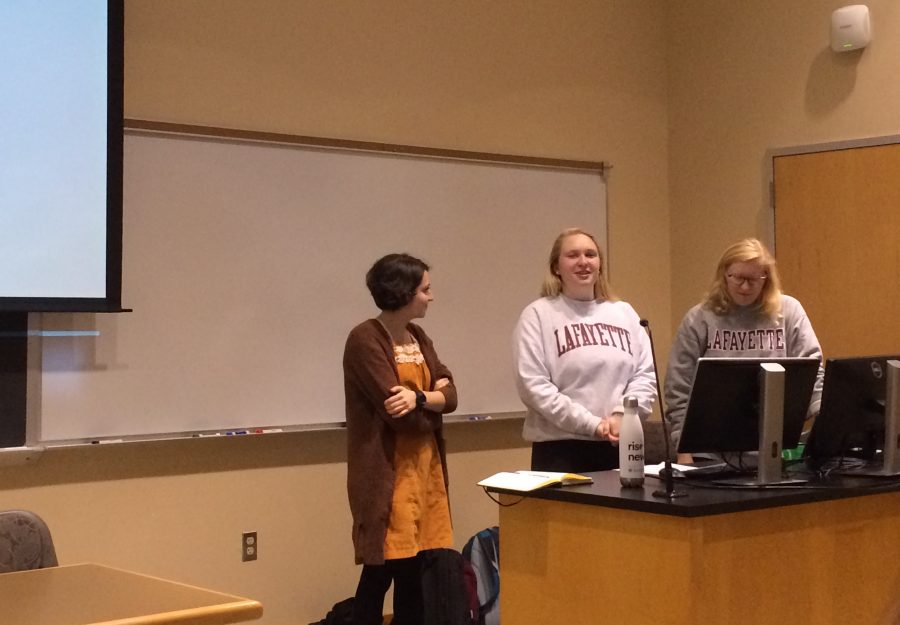A week before the influential midterm elections on Nov. 6, three seniors led a discussion to emphasize the importance of voting in local and state elections and to offer resources meant to inform voters about candidates and issues prior to the polls.
Reeve Lanigan ’19, Michelle Polton-Simon ’19 and Claire Swanson ’19 said they wanted to host this event because they felt that it was important to their peers how to find resources and provide information that would make voting easier.
“We want you to be informed and be able to do this on your own. We hope you’ll become more knowledgeable and learn more for not only the upcoming election but also for future elections,” Polton-Simon said.
According to the Pew Research Center, young people generally do not understand how their vote matters and feel uneducated on issues and candidates. In the 2014 midterm elections, fewer than one in five 18-29-year olds voted and felt that they either knew “not too much” or “nothing at all” about candidates running for Congress in their district in 2017.
“Unfortunately, these common misconceptions and data tend to be true,” Lanigan said of the findings of Pew.
In an effort to curb these misconceptions, Lanigan and Polton-Simon each addressed different outlets that offer legitimate, clear information on candidates such as Ballotpedia.org, Vote411.org and news and radio stations.
“Ballotpedia.org gives really clear and [summed up] information on political candidates. Here, you can get a break down of all candidates, you can see when polls are open and where to go. You can click on any candidate, see their committee assignments, what they’ve done previously, get a summary of issues, and certain campaign themes,” Lanigan said.
“Vote411.org is great in terms of a voting guide and it also verifies your registration status. This website helps by showing you where to vote and gives you the times. On the left side [of the website] there are deadlines,” she added.
Polten-Simon said she also feels that newspapers and radio stations are a great way to learn more about candidates and their records and histories, as well as to hear the candidates voice through interviews.
The three also dedicated time in their talk to outlining the basics of how states and local governments are structured and how that structure varies from locality to locality.
“What is the impact of the state and local government? Areas of influence include education, state police and corrections and infrastructure. Local government areas of influence include parks and recreation, police and fire departments, land use and development public works,” Swanson said.
“These factors impact your lives more intensely and readily. Who is in your state government and who is enforcing these factors? When the local government is working well, it’s very unassuming. [For example,] who takes your trash away? The local government,” Swanson added.
Because of these direct impacts of local governments, the three also stressed the importance of staying engaged after the midterm elections on Nov. 6 and how.
“Contact your representatives…Call or write them, visit their local offices, and check out their websites and social media for contact information and websites,” Polton-Simon said. “Show up to meetings for Town Halls, City Council, and Board of Commission. This shows that you care which lets representatives know how you feel,” she added.

























































































































